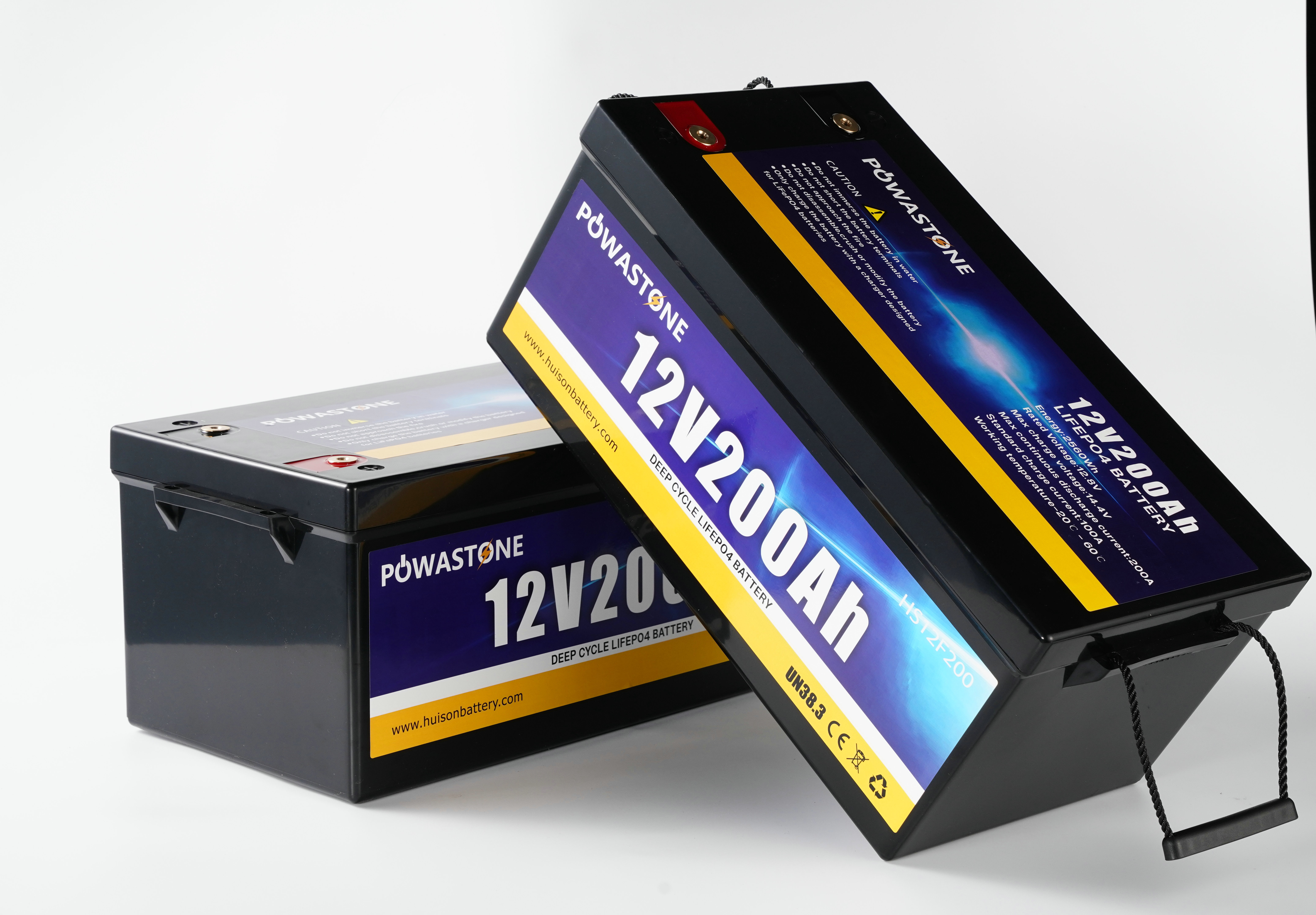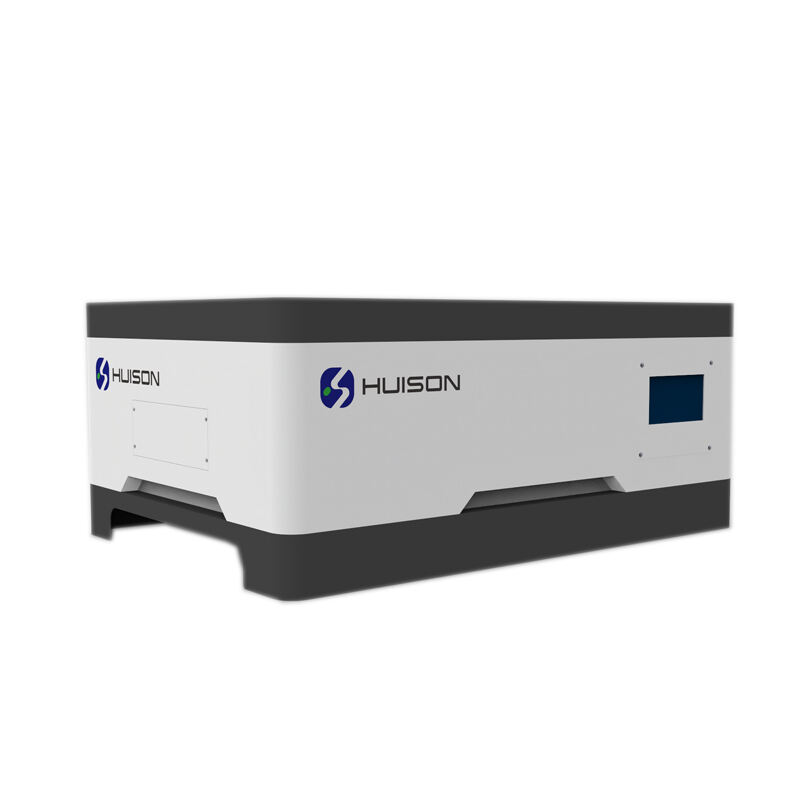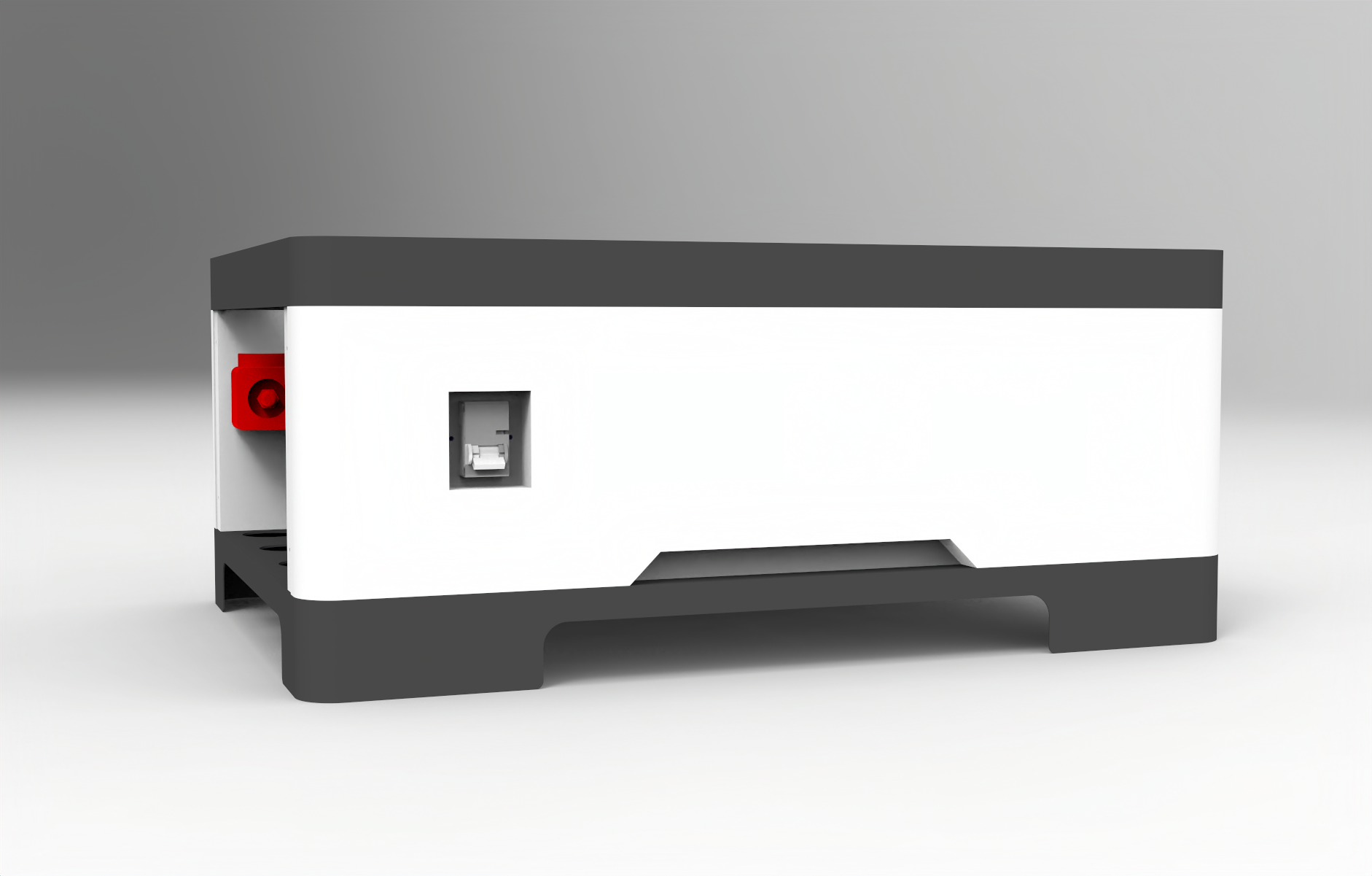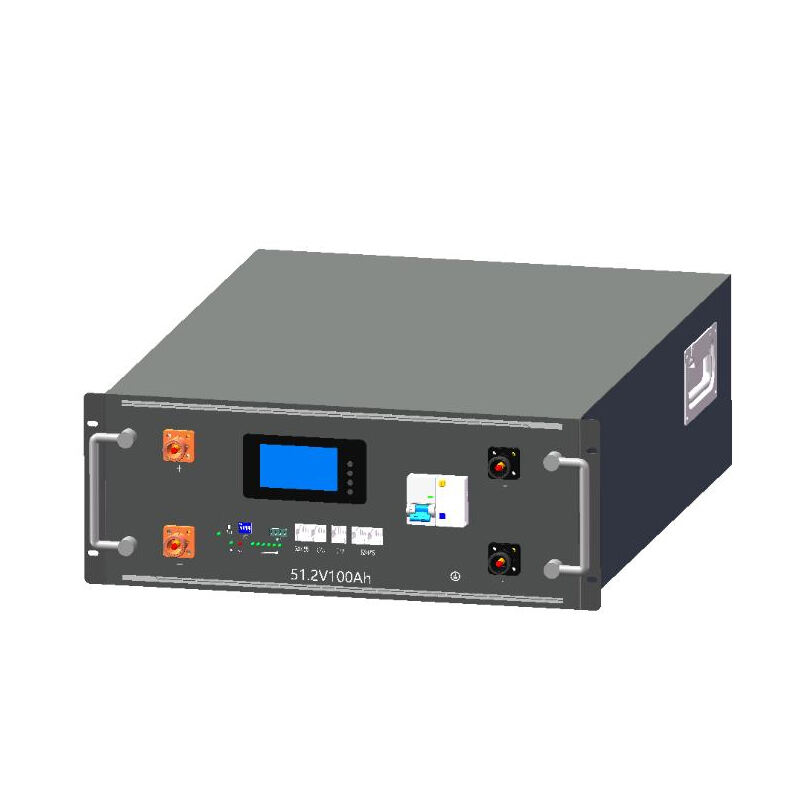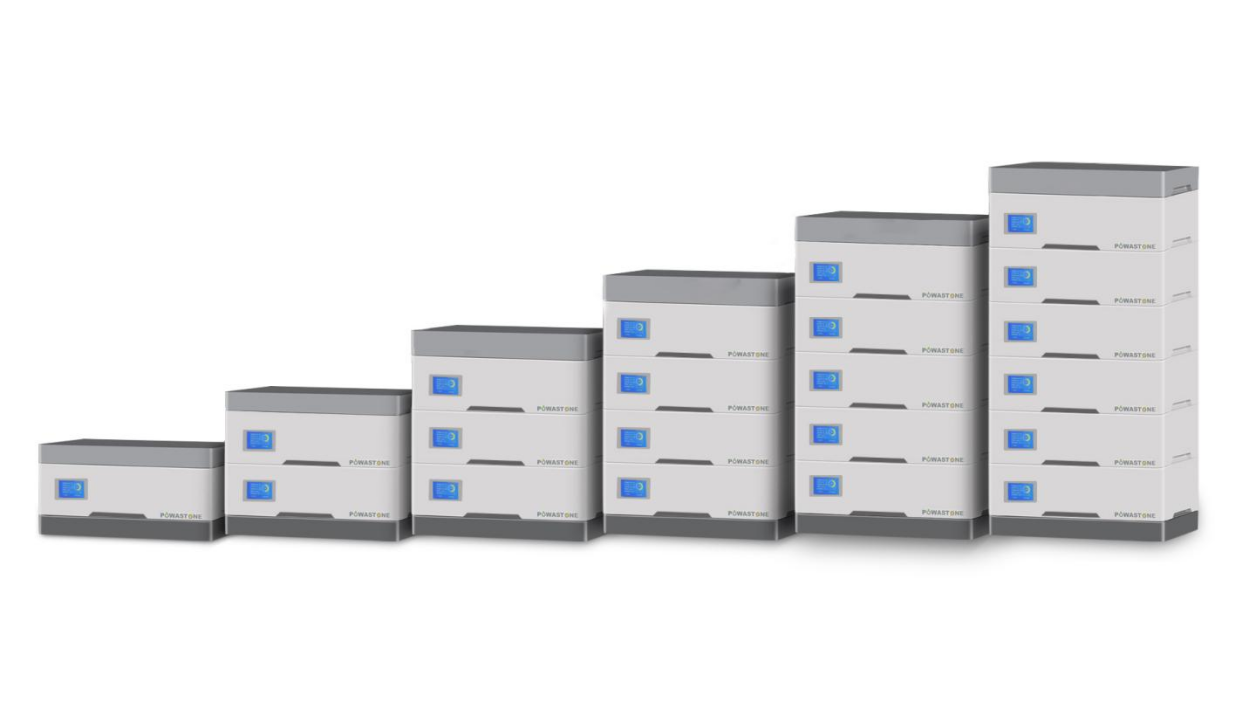Maximizando la eficiencia con baterías de almacenamiento de energía apilables
Time : 2025-06-24
En el panorama energético en constante evolución de hoy, la demanda de un uso eficiente de la energía se ha convertido en una prioridad principal tanto para las empresas como para los hogares. Con la creciente adopción de fuentes de energía renovable y la necesidad cada vez mayor de una energía de respaldo confiable, las baterías de almacenamiento de energía apilable han surgido como una solución transformadora. Estas innovadoras baterías, con su diseño modular y funcionalidad flexible, no solo permiten a los usuarios optimizar su consumo de energía, sino que también desempeñan un papel crucial en la reducción de emisiones de carbono y la promoción de un futuro energético sostenible. Como lo demuestran líderes de la industria como Huison Energy en https://www.huisone nergia .com/ , las baterías de almacenamiento de energía apilables están en la vanguardia de esta revolución energética. Este artículo explorará las principales características, beneficios, aplicaciones, impacto ambiental y tendencias futuras de las baterías de almacenamiento de energía apilables.
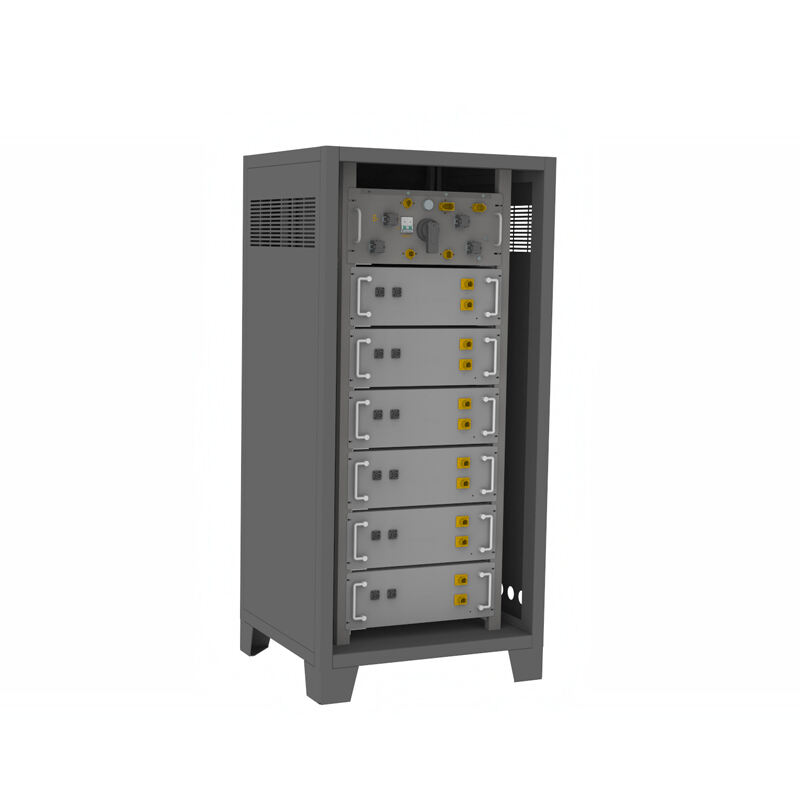
Entendiendo las Baterías de Almacenamiento de Energía Apilables
Las baterías de almacenamiento de energía apilables se basan en un concepto de diseño modular que ofrece una flexibilidad sin igual. En el corazón de este diseño está la capacidad de los usuarios de agregar o eliminar bandejas de baterías fácilmente según sus necesidades energéticas cambiantes. Esto significa que, ya seas un propietario de una vivienda unifamiliar que busque independencia energética mediante energía solar o un gran almacén que busque reducir los cargos por demanda pico a través del cambio de carga, las baterías apilables se pueden personalizar para adaptarse a tus necesidades.
Por ejemplo, una pequeña empresa podría comenzar con un sistema básico de baterías apilables para almacenar la energía solar excedente generada durante el día. A medida que la empresa crece y su consumo de energía aumenta, se pueden agregar módulos de batería adicionales de manera fluida sin necesidad de una remodelación completa del sistema. Esto no solo ahorra costos iniciales, sino que también reduce el desperdicio asociado con la instalación de sistemas de baterías sobredimensionados desde el principio.
La mayoría de los sistemas de baterías apilables utilizan celdas de iones de litio avanzadas, que ofrecen varias ventajas en comparación con las baterías de plomo-ácido tradicionales. Las celdas de iones de litio proporcionan una mayor densidad de energía, lo que permite almacenar más potencia en un paquete más pequeño y ligero. También tienen una vida útil más larga, con la capacidad de soportar un mayor número de ciclos de carga-descarga. Además, las celdas de iones de litio suelen ser más seguras, con un menor riesgo de sobrecalentamiento y peligros de incendio. Empresas como Huison Energy han estado a la vanguardia en el desarrollo de sistemas de baterías apilables de iones de litio de alta calidad, asegurando fiabilidad y rendimiento.
Beneficios del Almacenamiento de Energía Apilable
La ventaja más significativa de los sistemas de baterías apilables es su flexibilidad. Las necesidades de energía pueden variar considerablemente dependiendo de factores como la temporada, la incorporación de nuevos electrodomésticos o la integración de vehículos eléctricos en el hogar. Las baterías apilables permiten a los usuarios adaptarse a estas necesidades cambiantes sin esfuerzo. Por ejemplo, durante los meses de invierno, cuando se utilizan sistemas de calefacción, un propietario puede agregar módulos de batería adicionales para almacenar más energía de sus paneles solares y así satisfacer la demanda aumentada.
Además de la flexibilidad, los sistemas de baterías apilables suelen venir con aplicaciones móviles de fácil uso. Estas aplicaciones proporcionan un monitoreo en tiempo real del consumo de energía, permitiendo a los usuarios seguir sus patrones de consumo, ver el estado de su almacenamiento de batería e incluso controlar los procesos de carga y descarga. Al analizar estos datos, los usuarios pueden tomar decisiones informadas para optimizar su uso de la energía y reducir costos. Por ejemplo, la aplicación podría sugerir cargar las baterías durante las horas fuera de punta cuando las tarifas de electricidad son más bajas y usar la energía almacenada durante las horas pico para evitar la electricidad de alta costo desde la red.
Aplicaciones en Diversas Industrias
La versatilidad de las baterías apilables las hace adecuadas para una amplia gama de aplicaciones en diversas industrias. En los entornos residenciales, estas baterías son ideales para almacenar la energía solar excedente generada durante el día. Los propietarios pueden utilizar esta energía almacenada por la noche, cuando la demanda de electricidad de la red es alta y los precios suelen ser más caros. Esto no solo reduce sus facturas de electricidad, sino que también aumenta su independencia energética.
Para las empresas, los sistemas de baterías apilables sirven como fuentes de energía de respaldo confiables. En caso de un corte en la red, un banco de baterías apilables de intercambio rápido puede garantizar que operaciones críticas, como cajas registradoras, cajeros automáticos y equipos de producción, continúen funcionando sin interrupciones. Esto ayuda a las empresas a evitar costosos tiempos de inactividad y mantener la satisfacción del cliente.
La industria de la salud también se beneficia significativamente de las baterías apilables. Los hospitales y centros de salud dependen de un suministro continuo de electricidad para mantener en funcionamiento el equipo médico que salva vidas. Los sistemas de baterías apilables pueden proporcionar energía de respaldo durante los apagones, asegurando la seguridad y el bienestar de los pacientes. De manera similar, las compañías de telecomunicaciones utilizan baterías apilables para alimentar torres de telefonía celular, asegurando servicios de comunicación ininterrumpidos incluso durante interrupciones del suministro eléctrico.
Impacto Ambiental y Sostenibilidad
A medida que el mundo se enfoca cada vez más en la sostenibilidad ambiental, el papel de las baterías de almacenamiento de energía apilables en la reducción de emisiones de carbono no puede subestimarse. Al permitir a los usuarios almacenar y utilizar más energía renovable, como la solar y la eólica, estas baterías ayudan a disminuir el uso de generación de electricidad basada en combustibles fósiles.
Por ejemplo, una comunidad que instala sistemas de baterías apilables en combinación con paneles solares puede almacenar la energía solar excedente durante el día y usarla por la noche, reduciendo la necesidad de depender de la electricidad generada por plantas de carbón o gas. Esto no solo reduce las emisiones de gases de efecto invernadero, sino que también ayuda a estabilizar la red al equilibrar la oferta y la demanda de electricidad.
Además, muchos fabricantes, incluidos los que se presentan en https://www.huisonenergy.com/, están diseñando ahora paquetes de baterías apilables con componentes reciclables. Este compromiso con la sostenibilidad asegura que al final de su ciclo de vida, estas baterías puedan ser recicladas, reduciendo los residuos y conservando recursos valiosos.
Tendencias Futuras en Almacenamiento de Energía
El futuro de las baterías de almacenamiento de energía apilables parece prometedor, con avances continuos en la tecnología de baterías y el software de control. Una de las principales tendencias es el desarrollo de baterías de estado sólido. Las baterías de estado sólido ofrecen una mayor densidad de energía, tiempos de carga más rápidos y una mayor seguridad en comparación con las baterías de litio-íon tradicionales. Su adopción en sistemas de baterías apilables podría mejorar aún más el rendimiento y la eficiencia del almacenamiento de energía.
La integración de la inteligencia artificial (IA) y el aprendizaje automático (ML) en los sistemas de almacenamiento de energía es otra tendencia significativa. Los algoritmos de IA y ML pueden analizar grandes cantidades de datos sobre patrones de consumo de energía, pronósticos meteorológicos y condiciones de la red para optimizar la carga y descarga de las baterías apilables. Este manejo inteligente del almacenamiento de energía puede llevar a mayores ahorros de costos y una mayor estabilidad de la red.
Tendencias y dinámicas de la industria
El mercado de almacenamiento de energía está experimentando un crecimiento exponencial, impulsado por la creciente instalación de paneles solares y granjas eólicas, así como por la creciente demanda de una fuente de energía de respaldo confiable. A medida que más propietarios de viviendas y empresas reconocen los beneficios de los sistemas de baterías apilables, surge una ola de innovación e inversión en este campo.
El concepto de generación de energía en el lugar y la autosuficiencia se está convirtiendo en la nueva norma, y las baterías apilables están perfectamente posicionadas para satisfacer esta demanda. Su capacidad para proporcionar soluciones flexibles, eficientes y sostenibles de almacenamiento de energía garantiza que seguirán siendo un componente central del panorama energético del futuro. A medida que la tecnología continúa evolucionando, las baterías de almacenamiento de energía apilables desempeñarán un papel aún más importante en la forma en que almacenamos y utilizamos la energía, acercándonos a un futuro energético más limpio y sostenible.
En conclusión, las baterías de almacenamiento de energía apilables ofrecen una solución revolucionaria para optimizar el consumo de energía, reducir las emisiones de carbono y promover la independencia energética. Con su diseño modular, flexibilidad y amplio rango de aplicaciones, estas baterías están transformando el panorama energético en diversas industrias. Al mirar hacia el futuro, la evolución continua de la tecnología de baterías apilables ofrece grandes promesas para un futuro energético más sostenible y eficiente.










